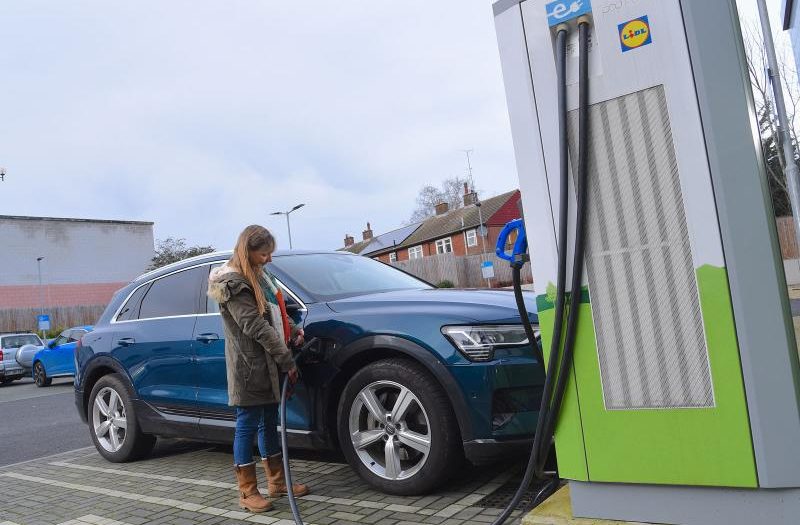I’d really like to replace my Evoque next year with an electric car.
What would you recommend? Anything in a small suv that isn’t six figures? Or better to stay Polo-esque size for an EV? We have a Mazda CX9 so we don’t really need two big cars.
Ha, I could see myself cruising Beaconsfield Parade getting all the looks in the Cobra!
I want to get an EV, not a hybrid. But the biggest barrier to getting an EV at the moment is finding a place to charge it. At a pinch we could clean out our garage and do it in there – presumably, we’d need to get an upgraded electricity circuit to do it? And so I guess smaller car would be better. But how far off are we from having a solid charging infrastructure?
What do you think of the specs of the BMW i3? Or the Mini coming next year? And I’ve read MG will have the cheapest EV in Australia in 2021
KL, Vic
I’m glad to see that you’re looking at all the practical considerations with an EV … way too many decisions are made on emotion (and to confirm that, just check out how many people are selling low mileage, 2019 and 2020 i3s online). As for the electric Cobra (read about it here), it may not be your most practical choice!
Looking at some things you might need to consider, and there are plenty, we can start with brand. Since you are moving out of a Range Rover Evoque, I’m guessing image will be important to you. And as inner-city dwellers, an EV makes sense, especially when there is a less ecologically-acceptable but much more practical petrol behemoth in the family fleet.
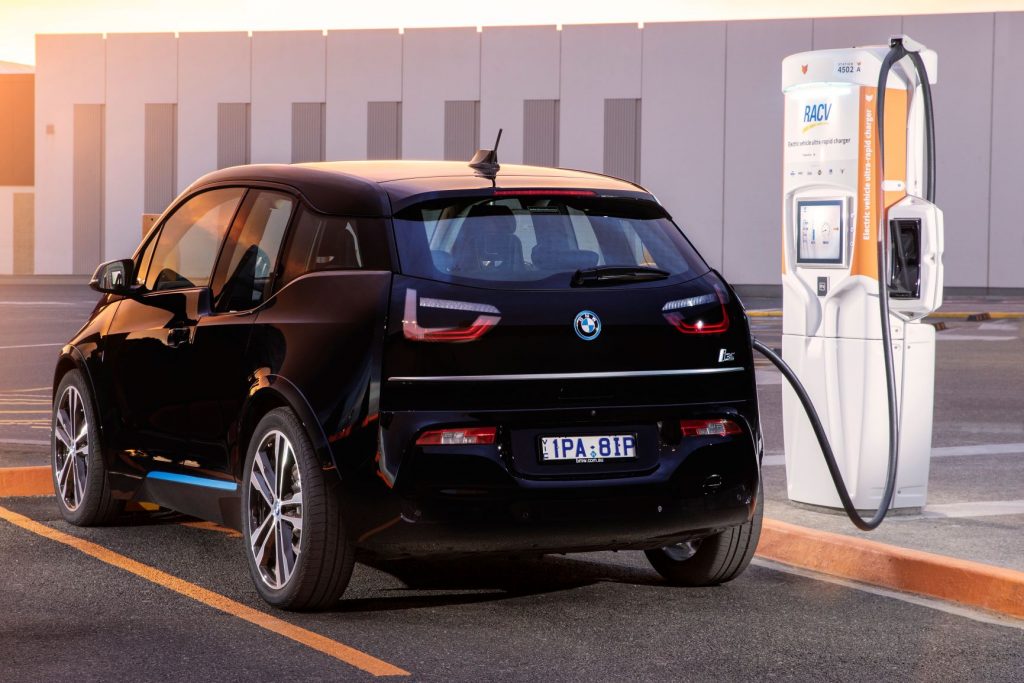 Early adopters will always be penalised, but the BMW i3 has been out for a little while now, and the latest version has doubled the battery capacity (60Ah to 120Ah). On the other hand, your usage will all be urban, so you may not need the additional capacity. That means you might be perfectly placed to buy a 12-month-old “somebody else’s poor decision” for a substantial discount (the 94Ah might be the sweet spot). Or there might be a dealer demo or 2020-plated car on offer. BMW owners look after their cars, so a 12-month-old model with a potential saving of $10,000-$20,000-odd shouldn’t be sneezed at. And then there’s the Mini Electric which uses almost the same technology but is substantially cheaper than the i3.
Early adopters will always be penalised, but the BMW i3 has been out for a little while now, and the latest version has doubled the battery capacity (60Ah to 120Ah). On the other hand, your usage will all be urban, so you may not need the additional capacity. That means you might be perfectly placed to buy a 12-month-old “somebody else’s poor decision” for a substantial discount (the 94Ah might be the sweet spot). Or there might be a dealer demo or 2020-plated car on offer. BMW owners look after their cars, so a 12-month-old model with a potential saving of $10,000-$20,000-odd shouldn’t be sneezed at. And then there’s the Mini Electric which uses almost the same technology but is substantially cheaper than the i3.
Other than the BMW, Mini and Tesla, most of the others feel low-rent (the MG, for instance, other than being an EV, is virtually the same as the $26,000 Essence model, despite being $21,500 more expensive). The new Lexus UX300e and Mazda MX-30 will arrive early in 2021 and will join the BMW and Tesla in offering a more luxurious alternative to the Hyundai Ioniq and Kona and Nissan Leaf.
As to your question regarding charging infrastructure, your best option would be to install a home charging system (using mains power is far too slow). It will need to be installed by a licensed electrician and the cost of the unit will range from $1000 to around $2500. Public chargers are more expensive than home chargers and, of course, more convenient. As you say, that will mean making room in the garage, and you may need to upgrade your power system (your electrician will advise).
There are three different types of charger: a wall socket, a wall box or a fast charger. A wall socket will take 18-24 hours to charge a car to 80 percent (the recommended level). A wall box drops that to four hours and a fast charger will get you there in 40 minutes or so. Talk to your car dealer about your options; most of them have an arrangement with a supplier.
Bear in mind that some manufacturers are offering cost-free charging at public stations for up to five years (Jaguar, for one), so make sure you ask about this when you’re looking at a possible purchase.
This list of EVs you may wish to consider should help you get things into some perspective.
It includes the price (not including on roads and options), warranty (and the warranty for the battery), the stated range (although in the real world, you won’t achieve these figures), the size of the battery in kWh, the power and torque of the motor, the ANCAP safety rating (some are for the petrol versions, rather then the EV, but there shouldn’t be too much variance) and the time to recharge to 80 percent using a 50kW fast charger.
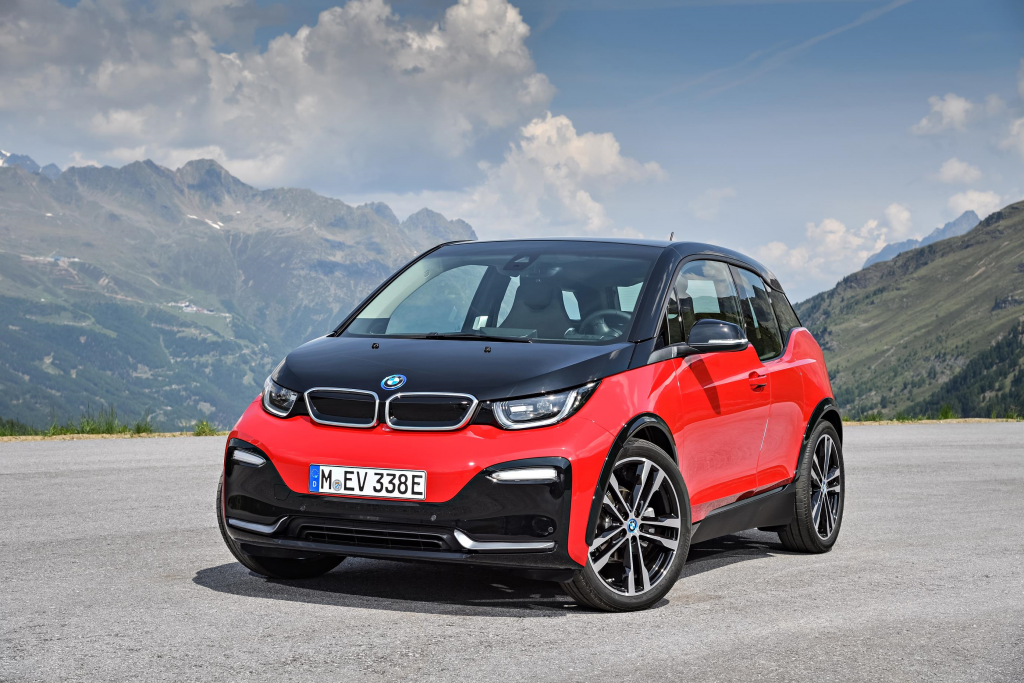
BMW i3 (120Ah model)
285-310km
3yr/unlimited (8yr battery)
42kWh
135kW/270Nm
5-star ANCAP
40min (50kW charger)
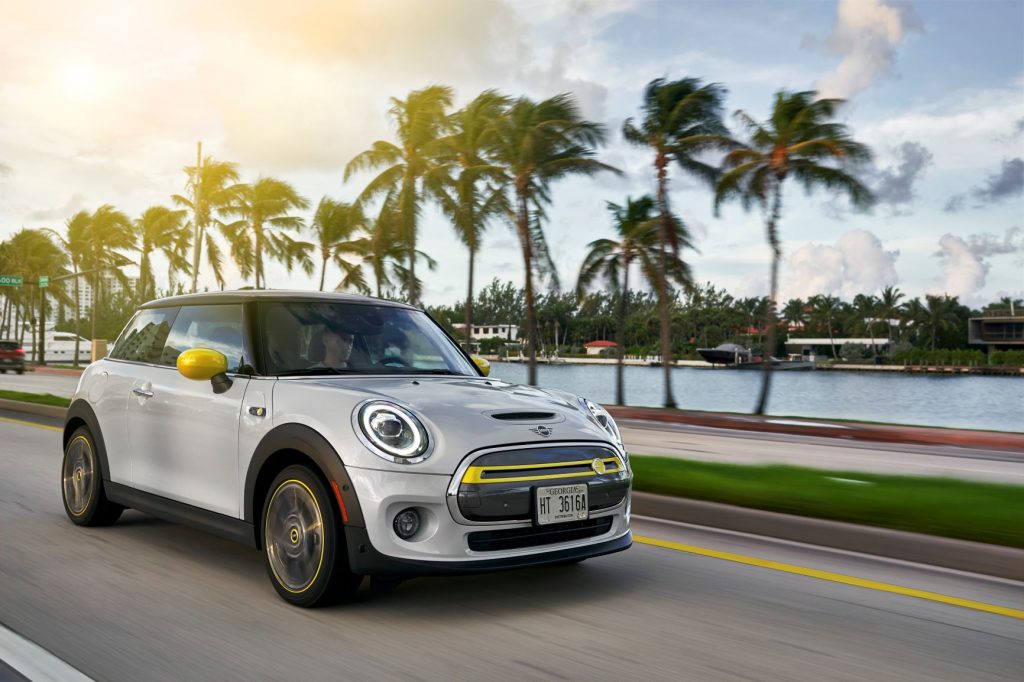
Mini Electric
$54,800
230km
3yr/unlimited (8yr battery)
32.6kWh
135kW/270Nm
4-star ANCAP
35min (50kW charger)
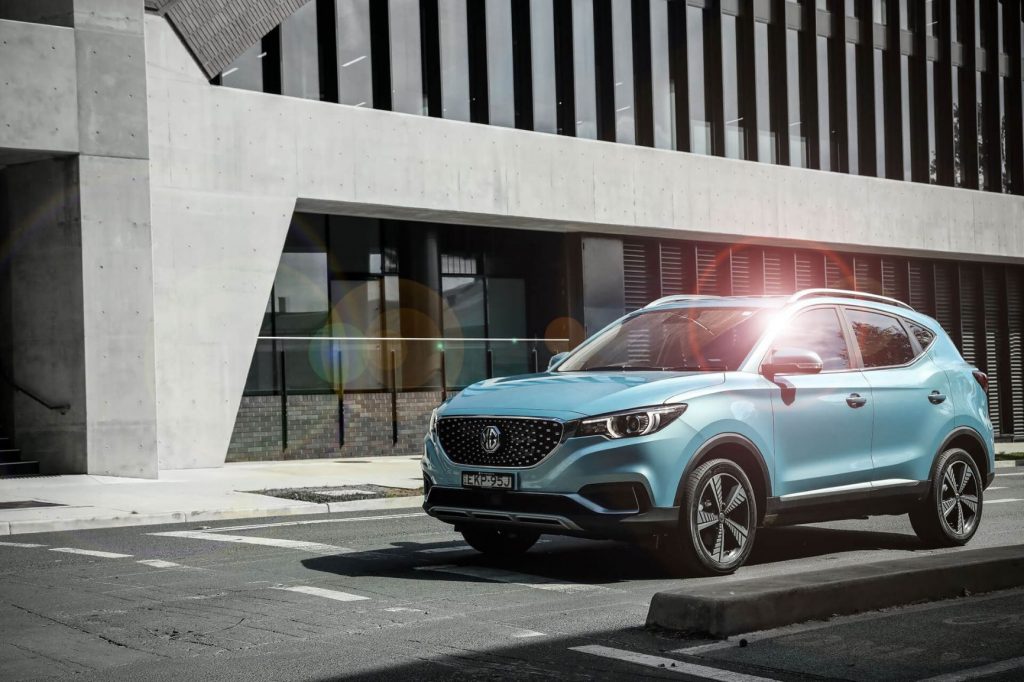
MG ZS EV
$43,990 (driveaway)
262km
5yr/unlimited (8yr battery)
4-star ANCAP
40 min (50kW charger)
64kWh
105kW/353Nm
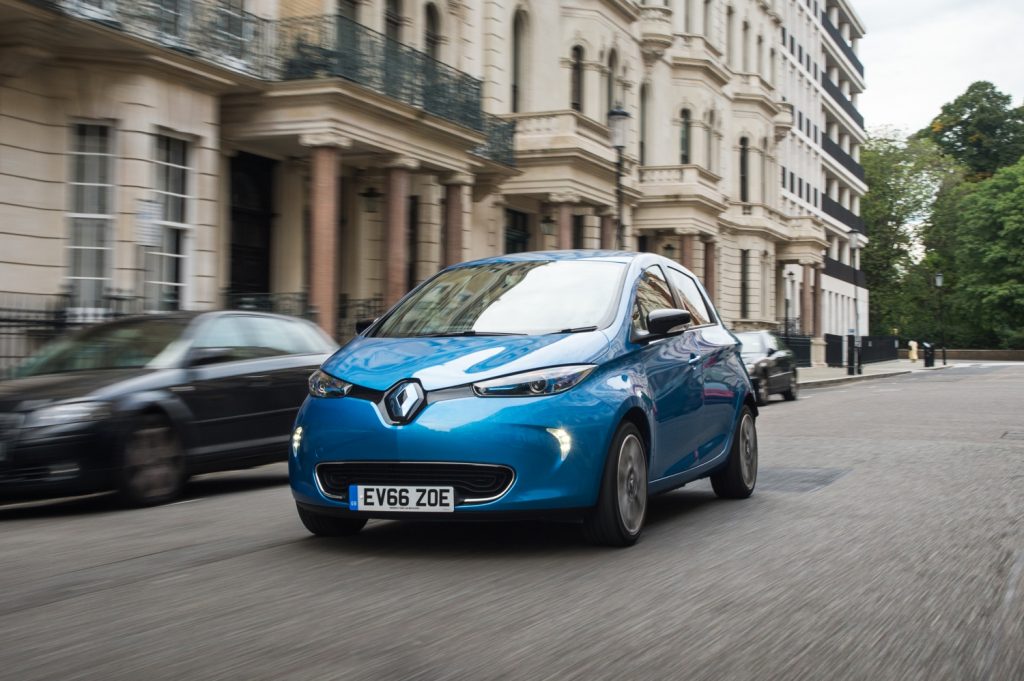
Renault Zoe
$49,490
390km
52kWh
3yr/unlimited (5yr battery)
No ANCAP rating
Due to minuscule sales, Renault withdrew the Zoe from sale in Australia in July 2020

Tesla 3
$73,900
460-560km
50-75kWh
190kW/375Nm
5-star ANCAP
4yr/80,000km (8yr battery)
COMING IN 2021:
BMW iX3
210kW/400Nm
450km range
34min charge time (50kW fast charger)
Estimated price $100k+
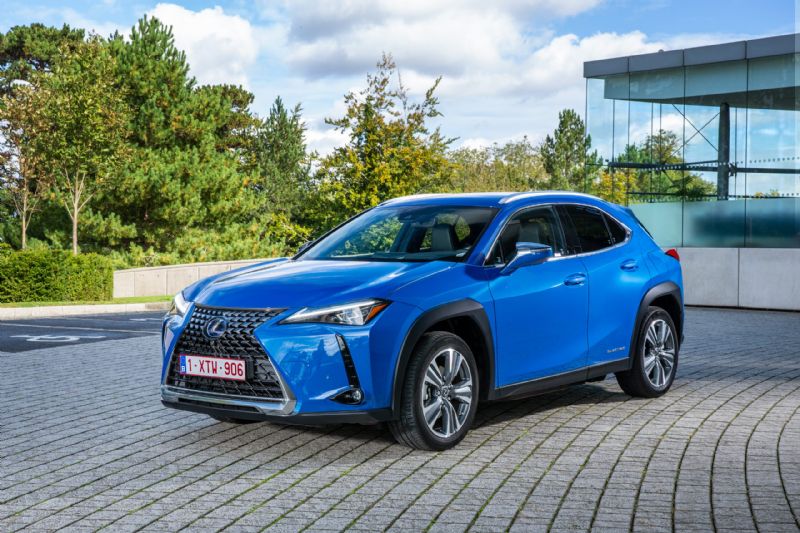 Lexus UX300e
Lexus UX300e
150kW/300Nm
400km range
60min charge time (50kW fast charger)
Estimated price around $70,000
Mazda MX-30
105kW/265Nm
30-40min
200-260km range
35.5kWh battery
Estimated price around $60,000
Polestar 2
300kW/660Nm
470km range (with the 78kWh battery; a 2WD version with a smaller battery is likely)
Estimated price from $100,000
